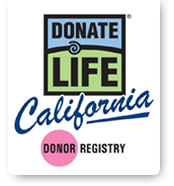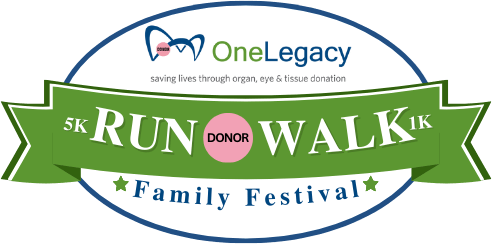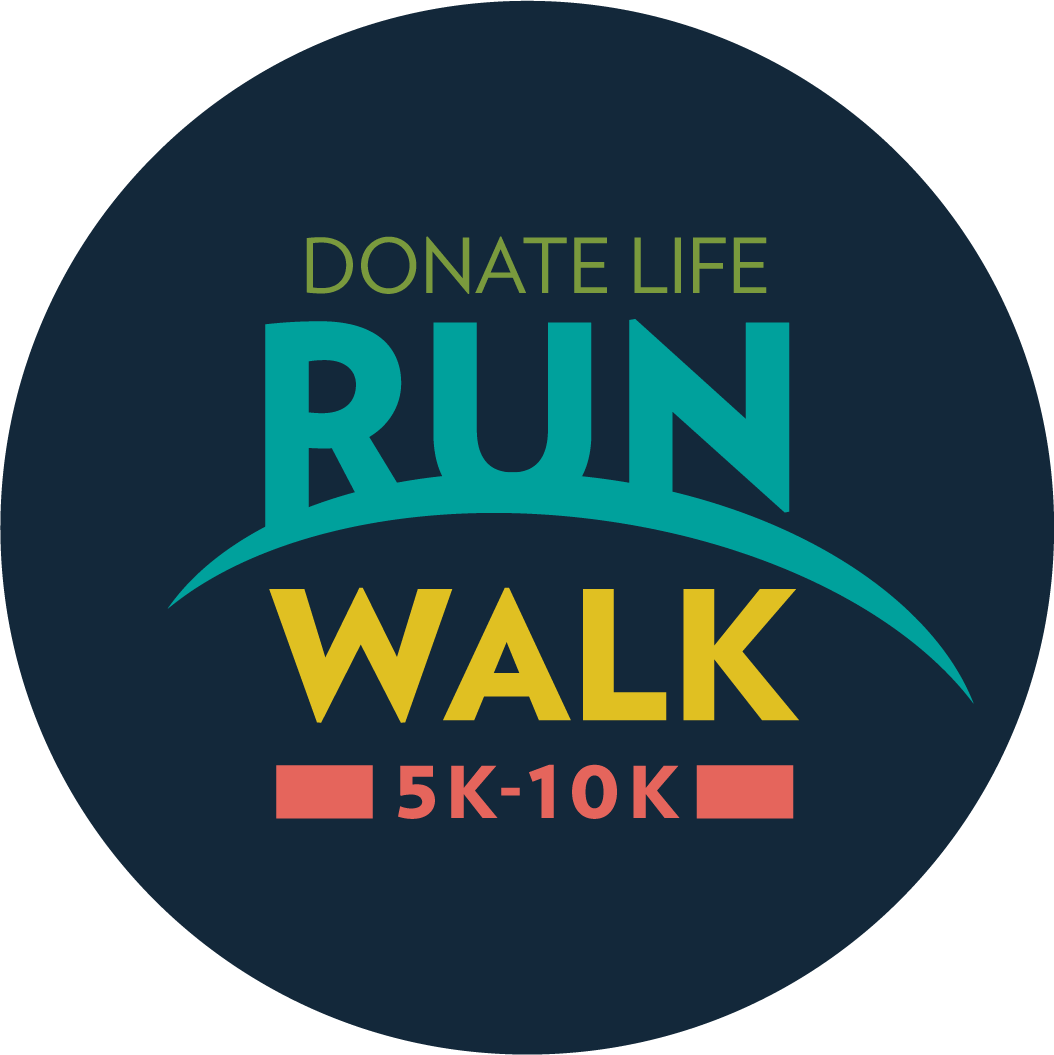Let’s Celebrate National Hispanic Heritage Month!
September 15th marks the beginning of National Hispanic Heritage Month! This month, we celebrate the achievements of the Hispanic community throughout the United States, while also underscoring their importance to the organ donor and transplant community.

Because of the generosity of our organ and tissue donors, nearly 5,500 people received a life-saving transplant in the United States last year. People like Alfonso Garcia (pictured below), receive a second chance of life because of your decision to be an organ donor.
Alfonso was the youngest of three brothers who began to grow sick in early 2010. His doctors discovered a previously undiagnosed genetic disorder that was causing his liver to suddenly start failing, leaving him with days to live.
The miracle Alfonso needed came 24 hours later, as he was given a new liver thanks to his organ donor. As of 2016, Alfonso graduated from the University of San Francisco and has given back hundreds of hours to the organ donation community in California.

Hispanic Heritage Month Highlights the Need for Hispanic Donors
While thousands of lives like Alfonso’s were able to be saved last year, there is still a need for more donors, especially minority donors. Recipients have the greatest chance of having a successful organ transplant if their donor is the same ethnicity.
One of the biggest hurdles facing Hispanics who are on the transplant waiting list is gap between Hispanic donors and persons on the transplant waiting list. Almost 20% of persons waiting for transplants are Hispanic, while less than 14% of all donors in 2017 were Hispanic.

Myths surrounding organ and tissue donation tend to disproportionately affect minority communities, Hispanics included. Common myths include that their religion prevents them from donating (almost major religions do not oppose donation) or that being a donor would prevent you from receiving the proper care in a life or death situation.
What Can You Do to Help?
There’s no better way to celebrate National Hispanic Heritage Month than by signing up to be a donor! Registering as a donor is as simple as visiting our website or signing up at the DMV. Whenever you renew or apply for a new driver’s license or California identification card, remember to check mark “YES” when asked to be an organ donor.
Similarly, if you are connected to the Hispanic community, letting others knows about the gap in donors between ethnicities helps go a long way. With kidney transplants leading the way in most needed organ, Hispanics are three times more likely to suffer from end stage renal failure and diabetes. Propagating this information across social media and in your own communities goes a long way.

Finally, if you are registered to be an organ and tissue donor, we highly recommend that you let your family and loved ones know of your wishes. While it can be uncomfortable to talk about death, it is a very important conversation to have so that your loved ones know you wish to be a donor.
To register as a donor or for more information about how to get involved please visit our website or our Spanish website, www.doneVIDAcalifornia.org








